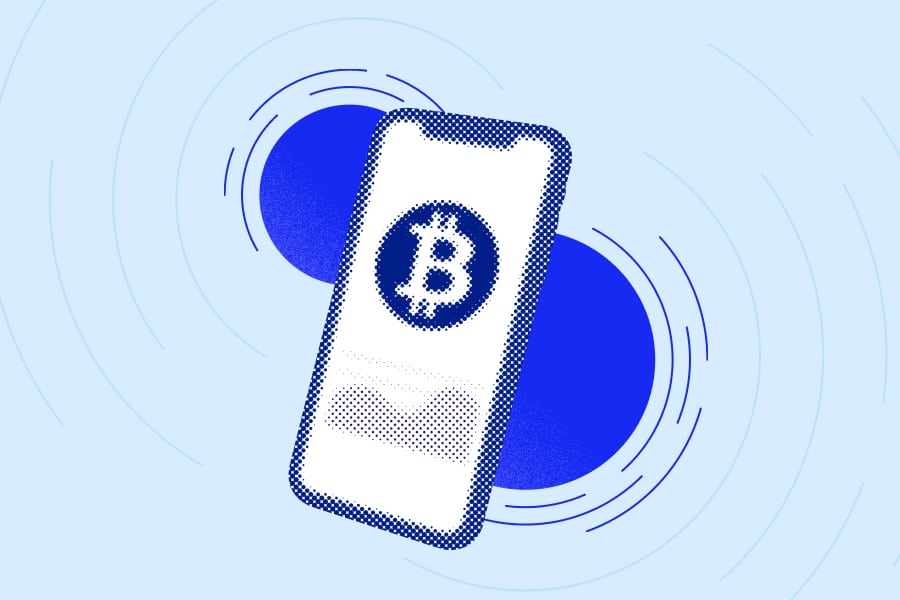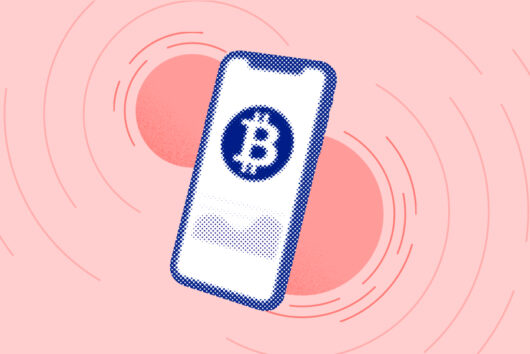How is Bitcoin created?

Each Bitcoin is created through a process called mining and the people that mine cryptocurrencies are called miners. These miners use powerful, specialised computers to validate transactions on the Bitcoin network, also known as the Bitcoin blockchain. In return for their efforts, miners are awarded a percentage of the coins they mine in the form of new Bitcoin, which are referred to as block rewards.
How does this work in practice? If you send Bitcoin to a recipient, the network records your Bitcoin address, the address it is being sent to, and the amount being transferred along with a timestamp, which is then entered into the Bitcoin blockchain for it to be processed.
It is up to miners to validate these transactions and they do this by employing specialised mining computers that solve complex mathematical equations contained in each transaction, essentially decrypting transactions and validating them on the Bitcoin blockchain.
Complexity set to increase
The more transactions that occur on the blockchain, the more complex the mathematical equations become. In the early days of Bitcoin, it was possible to mine a few Bitcoins with a standard computer at home, but since the explosion in the numbers of Bitcoin users globally, these equations have become increasingly complex and the immense computing power required to solve these puzzles has made Bitcoin mining unfeasible for the layperson.
Today, virtually all Bitcoin mining is done by massive mining corporations that have warehouses or shipping containers filled with mining computers. These mining sites are called mining farms.
The Bitcoin halving
Bitcoin was designed to only allow the creation of new Bitcoins at a fixed rate, and the creation of new coins will decrease at a predictable rate due to a feature in the Bitcoin protocol called halving. It means that the amount of new Bitcoins entering the network, by way of rewards for miners, is halved approximately every four years until the capped figure of 21 million Bitcoins is reached, which is likely to happen around 2140. After this, no more Bitcoins will be minted, meaning that transaction fees will play a more important role in the future of Bitcoin mining.
 Discover
Discover Help Centre
Help Centre Status
Status Company
Company Careers
Careers Press
Press


